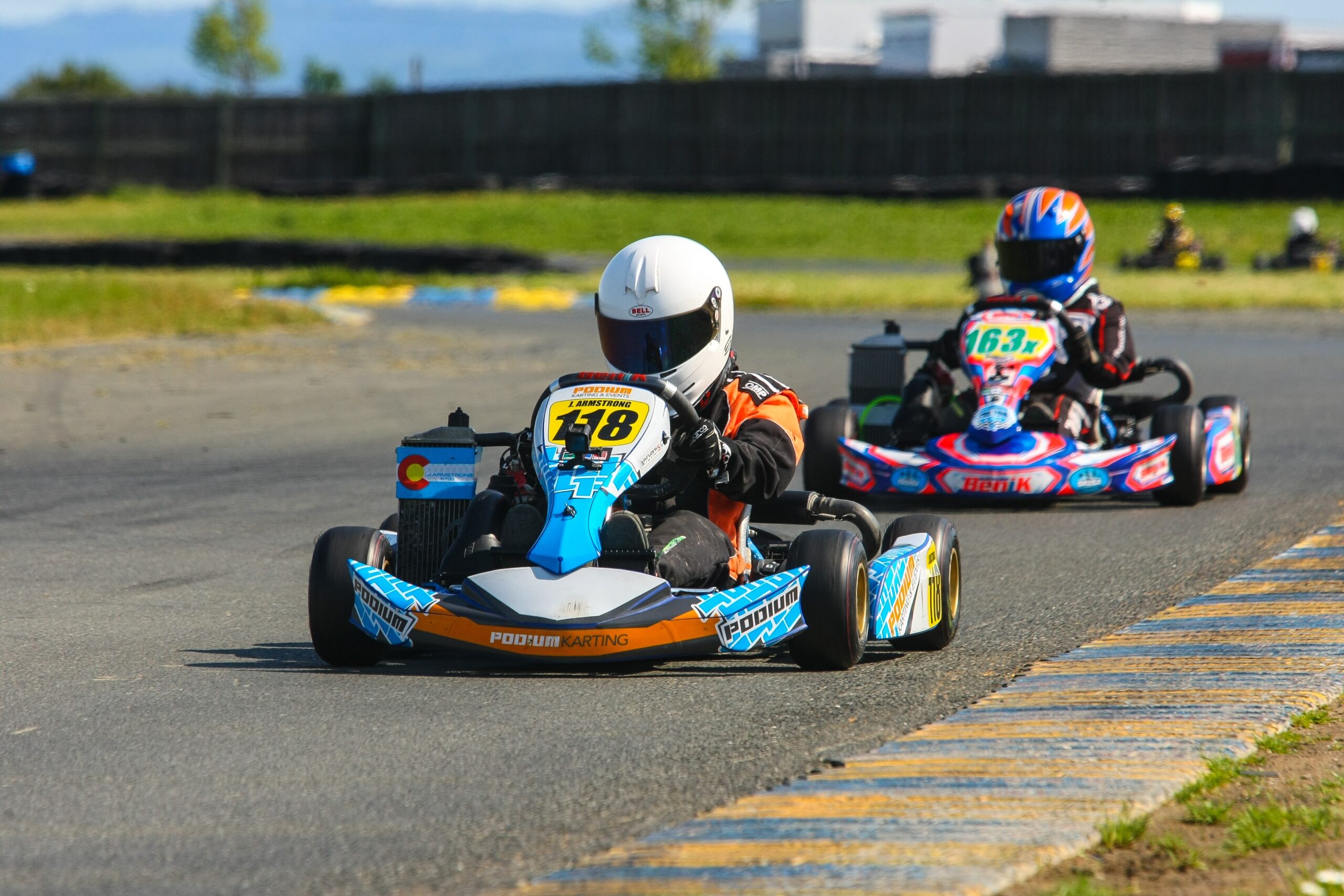Court Finds Plaintiff’s Experience as Risk Taker Undercut Her Legal Claim at Adventure Park

(Editor’s Note: What follows is a case summary from Sports Litigation Alert, the nation’s leading sports law periodical. Besides sharing the latest news and analysis, subscribers to the Alert have access to a searchable archive of close to 5,000 original case summaries and articles.)
By Courtney E. Dunn, of Segal McCambridge
Plaintiff Courtney Barrett was 34 years old when she chose to participate in the Warrior Course at Urban Air Trampoline and Adventure Park. Ms. Barrett was not new to thrill seeking, boasting an impressive background in cheerleading, athletics, and even prior participation in other trampoline and amusement parks. Based upon her background, it came as no surprise when she testified that she understood the concept that if a person is engaged in a warrior course-like adventure where she is hanging, she can fall and injure herself. Therefore, Ms. Barrett’s background in recreational activities coupled with her testimony that she was aware of the inherent risks associated with the Warrior Course created an uphill battle for her negligence claims.
Background
On November 23, 2018, Plaintiff participated in the expert lane of the Warrior Course, which entailed holding two grip hang boards and shimmying her way across the course while hanging on to the end of a plank, then propelling her body to grab onto the next board. When she set out to start this course, she was well-aware that she could slip and not catch the second plank and, if she did slip, she would undoubtedly fall into the ball pit below.
Despite her background in athletics, Plaintiff did not successfully complete the Warrior Course – her hand either slipped or she thought to herself, “Oh, I’m going to fall into the ball pit below.” Regardless of whether the fall was intentional, Plaintiff ultimately injured her knee when she fell. Because of her injury, she sued Defendants[1] in Barrett v. New Am. Adventures, LLC (2:20-CV-018130-CRE). However, her claims did not sustain Defendants’ summary judgment motion.
Defendants’ Summary Judgment Motion
After Plaintiff’s claims against One American Way, LLC were dismissed for lack of sufficient evidence to impose liability, the remaining Defendants sought summary judgment on two grounds: (1) Plaintiff’s claims of negligence for injury she suffered after falling off the Warrior Course attraction are barred by the “no-duty” rule and (2) the record is devoid of facts establishing that Defendants’ conduct was reckless such that Plaintiff is entitled to punitive damages.
Defendants maintained that they did not owe a duty to protect Plaintiff from the inherent risk of falling from the Warrior Course – a risk of which she was admittedly aware. The “no-duty” rule provides that “an owner or operator of a place of amusement has no duty to protect the use from any hazards inherent in the activity.” Chepkevich v. Hidden Valley Resort L.P., 2 A.3.d 1174, 1186 (Pa. 2010). In short, where there is no duty, there can be no negligence.
The Court applies a two-part inquiry to determine whether the no-duty rule applies: (1) whether the user was engaged in the amusement activity and (2) whether the injury arose out of risks inherent in the amusement activity. Chepkevich, 2 A.3d at 1186. If the answer to both of these inquiries is “yes,” then summary judgment is warranted. In Barrett, the answer to prong one was an undisputable yes. Plaintiff was engaged in the Warrior Course and, more specifically, was in the process of swinging from plank to plank when she fell. Second, Plaintiff could not deny that the risk of falling into the ball pit from the Warrior Course was inherent because she knew she may not make it to the second plank, and that she may fall. The Court also considered Plaintiff’s experiences in other sports and recreational activities in determining that Plaintiff should have (and did) expect that she could fall.
If Plaintiff’s own testimony confirming her understanding of the Warrior Course was not enough, her own expert posited that “[i]t is not unreasonable to expect that users will lose their grip and either unintentionally or intentionally fall.” This is important because Courts aim to adopt “a practical and logical interpretation of what risks are inherent to the sport . . . .” Quan Vu v. Ski Liberty operating Corp., 295 F.Supp.3d 503, 507 (M.D. Pa. 2018). The Court did so here, finding that falling from the planks and landing in the ball pit, and even any subsequent injury arising out of that potential fall, is an obvious danger and an inherent risk. The Court did not favorably consider Plaintiff’s argument that the ball pit was shallow, describing it as Plaintiff’s attempt to “define the injury producing risks in a very specific and narrow manner.” Quan Vu, 295 F.Supp.3d at 508 quoting Cole v. Camelback Mountain Ski Resort, No. 16-cv-1959, 2017 WL 4621786 (M.D. Pa. Oct. 16, 2017). Rather, its focus was the general risk involved in the activity. To that end, the Court found that the risk of falling from the Warrior Course was not one that could be removed without altering the fundamental nature of the activity. When the risk is inherent, the second prong of the “no-duty” analysis is met, and here, Plaintiff could not recover for any alleged negligence on the part of the owner.
Though the Court did not consider this in its opinion, the fact that Plaintiff may have intentionally made the decision to fall supports the fact that she was aware of the inherent risks of the activity and supports the application of the “no-duty” rule as it applies here.
While Plaintiff’s own testimony and prior experience at amusement parks pled Defendants’ case for them, Plaintiff relied on one final argument to support her claims – that Defendants failed to meet industry standards. This argument was supported by her expert’s opinion that Defendants should have used foam instead of plastic balls to minimize the risk and/or should have ensured that the balls were always level (a seemingly impossible task). The Court did not mention whether this expert opinion, specifically the use of foam in place of plastic balls, was supported by user manuals, regulatory authority, or otherwise in its decision, but nevertheless found that these opinions do not address the salient question of whether the risk was inherent, which must be determined prior to an analysis of additional negligence principles. See Quan Vu, 285 F.Supp.3d at 509 (holding that “when inherent risks are involved, negligence principles are irrelevant”). As a result, Defendants’ summary judgment motion was granted.
Conclusion
The Court determined that Defendants’ final basis for summary judgment, Plaintiff’s failure to establish her entitlement to punitive damages, was moot. Ultimately, Plaintiff’s negligence claims failed as a matter of law and were unable to defeat the “no-duty” rule. Plaintiff’s testimony, knowledge of the possible risks, and background in activities akin to the Warrior Course left no question and no issue for the Court.
[1] Urban Air Trampoline and Adventure Park is a franchise trampoline and adventure park owned and operated by New American Adventures, LLC. UATP Management, Inc. is the franchisor. New American Adventures, LLC leases the premises from out of possession landlord, One American Way, LLC. While Plaintiff sued all three entities, she admitted that there was no basis for her claims against One American Way, LLC. Her claims against it were dismissed.
